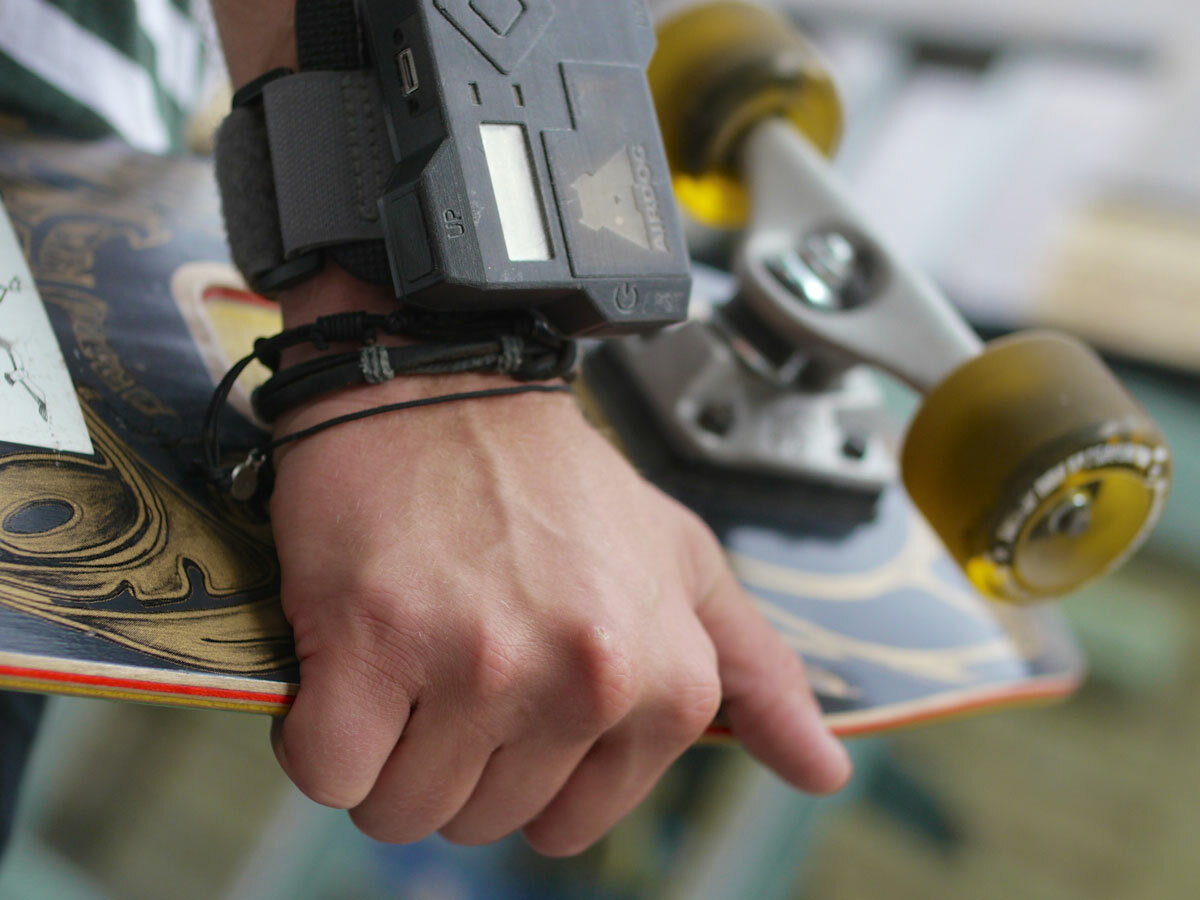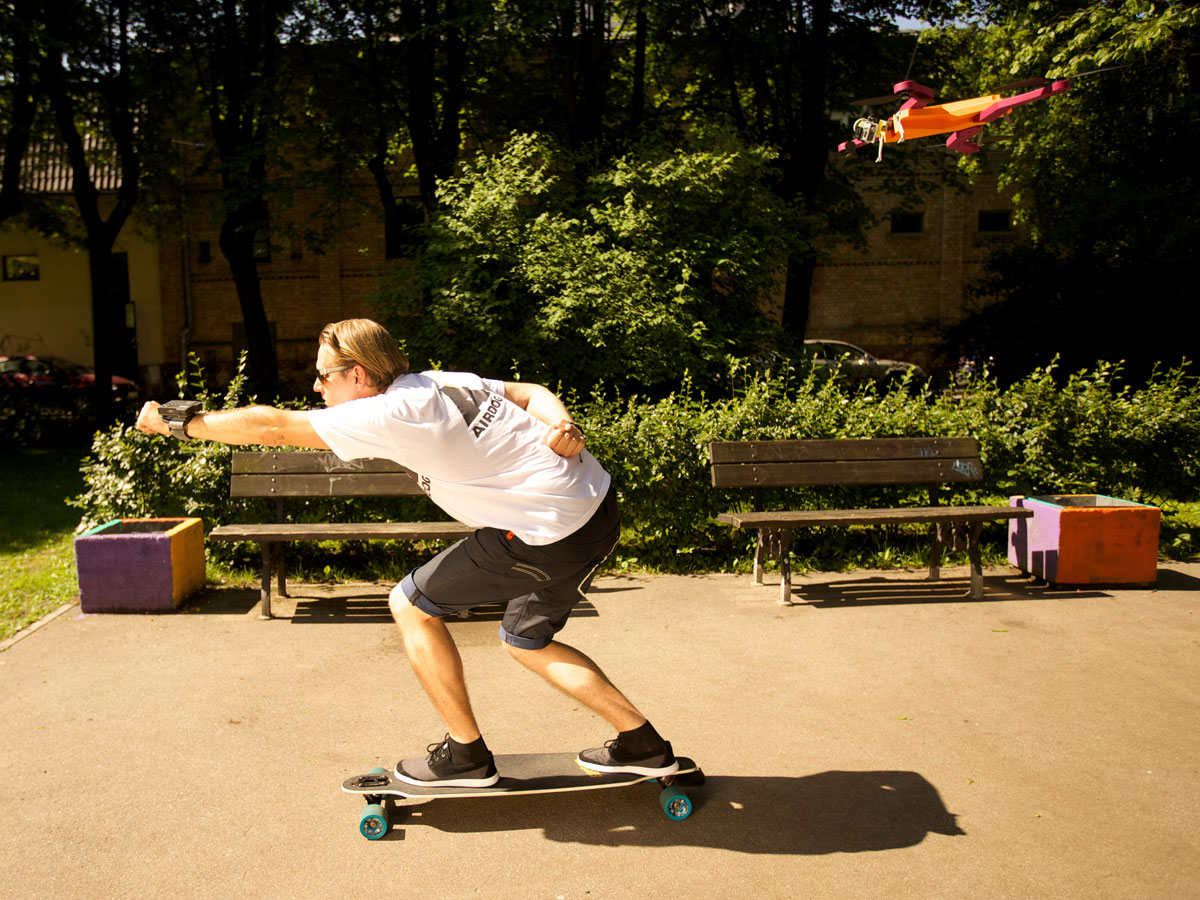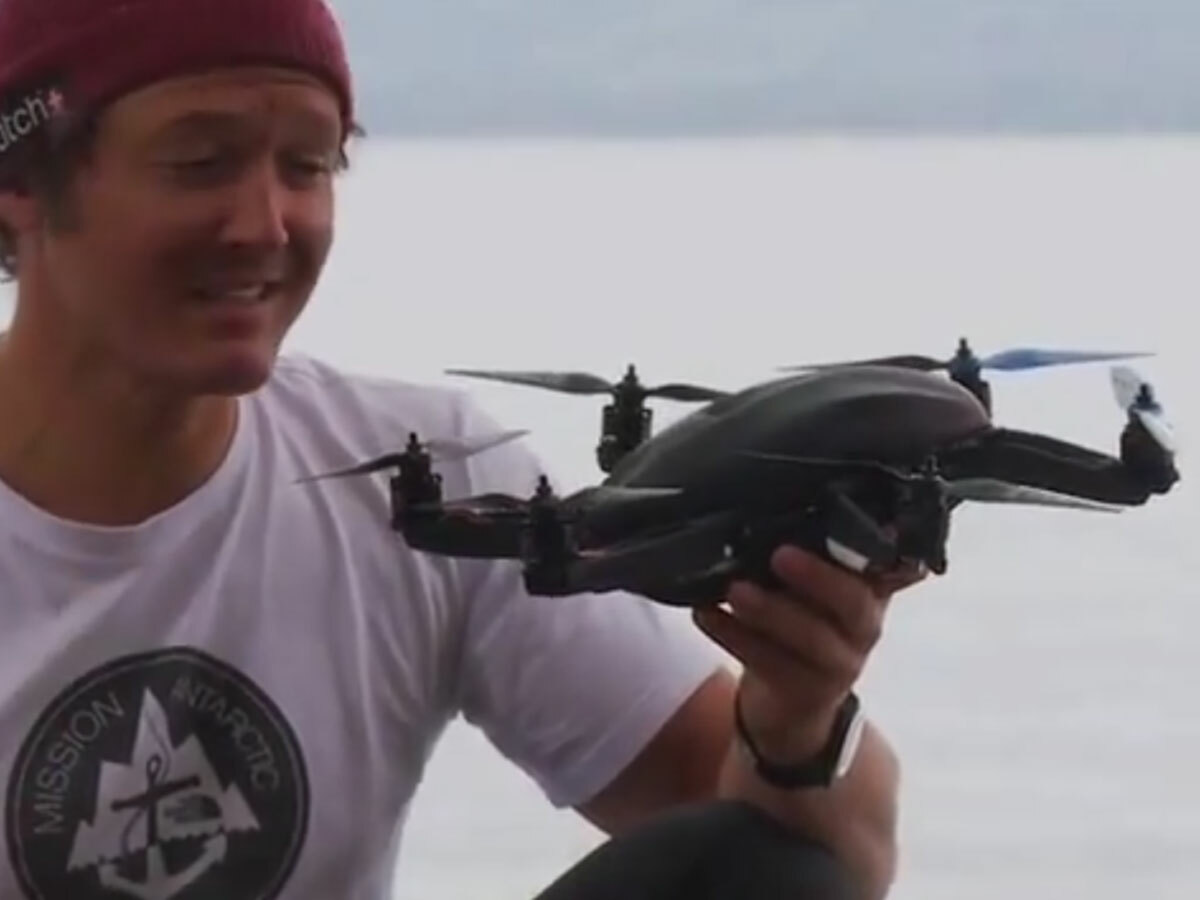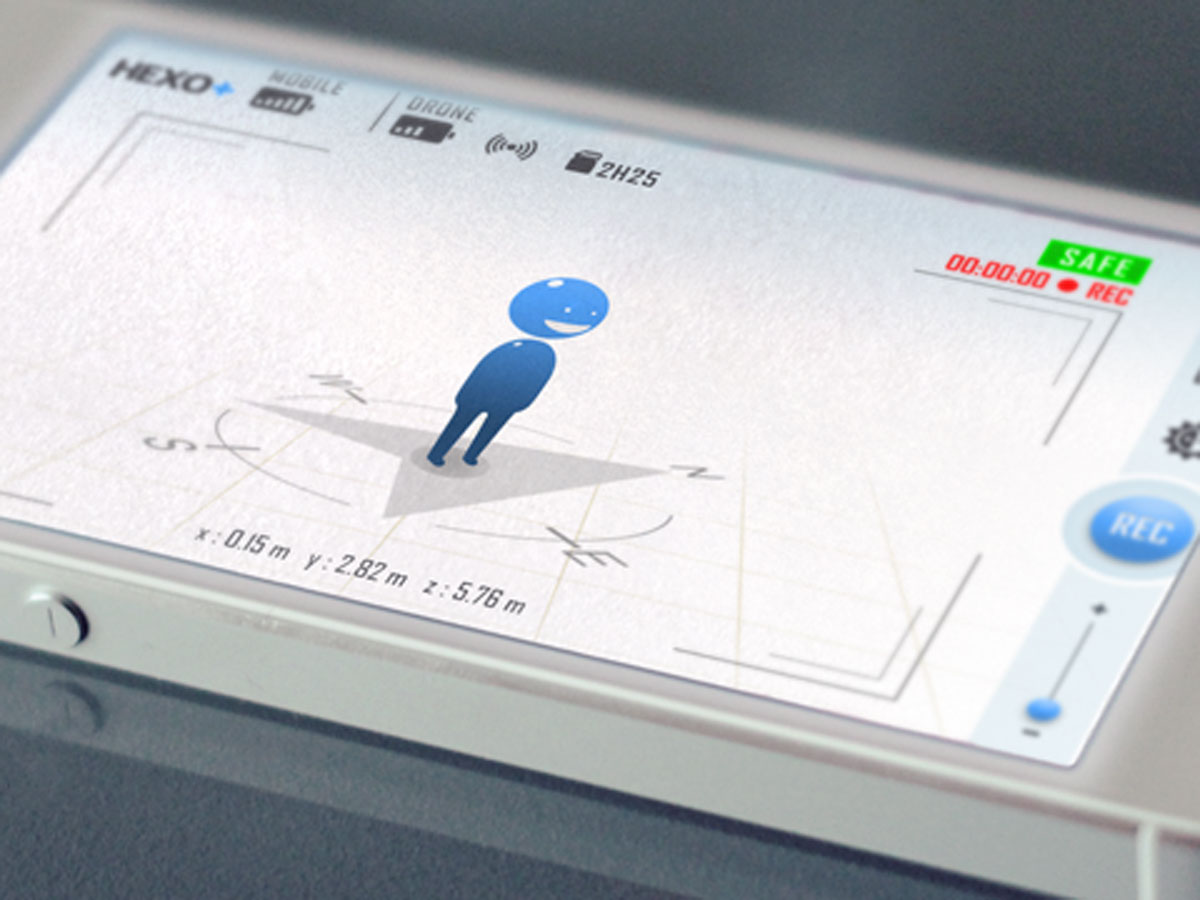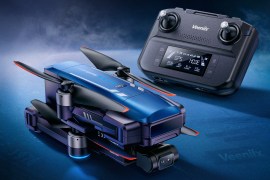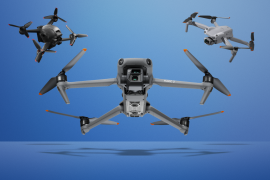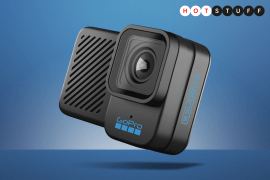With AirDog and Hexo+, camera-equipped drones are going autonomous
This new, smarter breed of aerial vehicle can automatically follow you around to film your extreme stunts
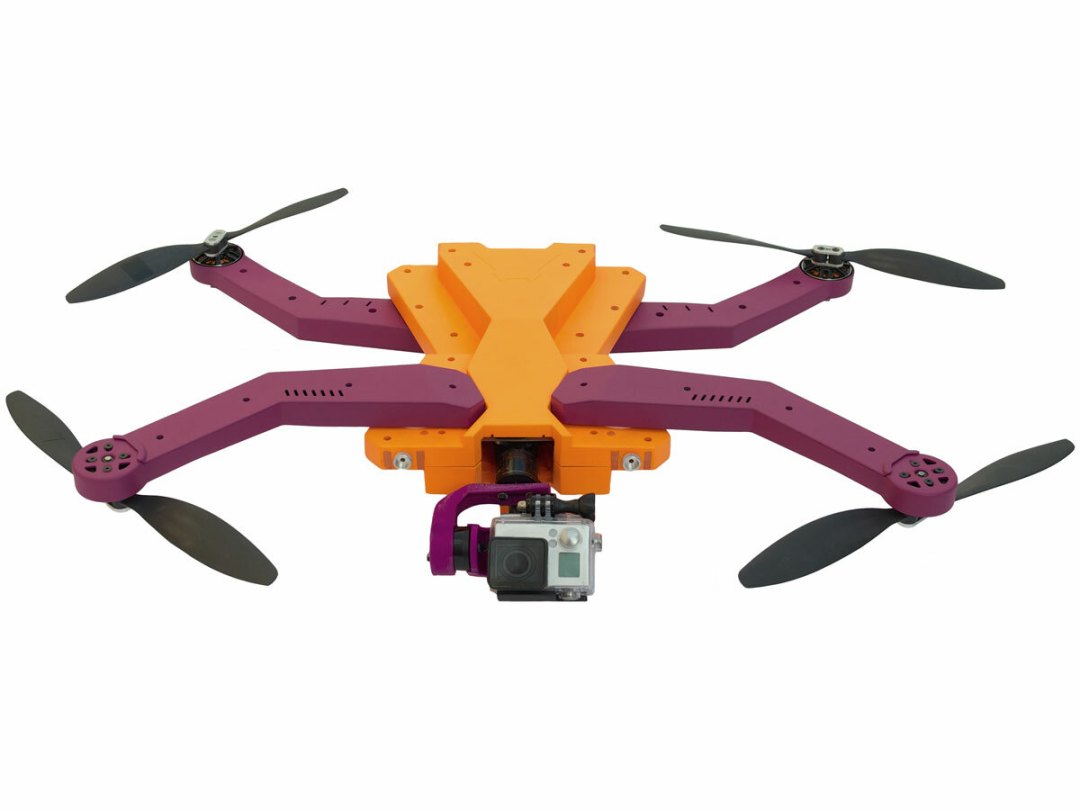
The quadcopter and camera-equipped drone market is providing some of the most exciting new gadgets we’ve seen – and here are a couple more examples, both of which offer the pretty astonishing feature of being able to follow the user around automatically.
If you think that all sounds a bit Skynet, don’t worry: the AirDog and Hexo+ won’t be beaming snaps of you fresh out of the shower to the NSA: these are compact personal drones aimed at sporty types, and their ability to fly autonomously means they can film your skating/cycling/surfing/etc. stunts without needing to be controlled by a third party.
READ MORE: Attack of the Drones – why UAVs are taking off in a big way
The AirDog is a small, foldable and impact-resistant quadcopter that can accommodate a GoPro camera on its gyroscope-stabilised gimbal. It’s possibly the first camera drone designed very much with water sports in mind: it’ll work with a GoPro in a waterproof case (other GoPro-compatible drones just carry the “naked” camera).
Its auto-follow function works courtesy of a device called the AirLeash, a transmitter (also waterproof) that can be attached to your wrist, helmet, bike or surfboard and communicates with the AirDog via long-range Bluetooth. The drone can fly at up to 40mph, and the whole time (its battery can provide 10-15 minutes of flight per charge) it’ll be pointing the camera in the direction of the AirLeash. Distance, height and other settings can be changed via an app available for iOS and Android devices. If you prefer, it can also be controlled via a manual remote (this will be sold separately from the main kit).
You’re probably wondering how the AirDog avoids obstacles. Well, that ability is apparently coming as a post-release software update, so early users will either have to fly in an open area or programme the flight path using the smartphone app.
AirDog’s creators are currently seeking funding for the drone via Kickstarter. Pledging US$995 (£590) or more can get you one of the first drones off the production line, providing they reach their target of $200,000. That’s significantly cheaper than the DJI Phantom 2 Vision, for instance – but you’ll need to buy your own GoPro on top of that.
READ MORE: GoPro Hero 3+ Silver Edition review
The Hexo+ is the second autonomous model arriving on Kickstarter today. It’s a hexacopter (the two extra rotors should theoretically make it more stable and manoeuvrable than a quadcopter) with a gimbal GoPro mount with 15 minutes of flight time and a top speed of 45mph, but the chief difference between it and the AirDog is the way in which it follows the user.
The Hexo+ uses your iOS or Android smartphone as a transmitter and controller: an app allows you to set up the distance (up to 50 metres), height and framing of the shot.
It’s priced at less than the AirDog, and pledging US$299 (£175) to the Kickstarter campaign will secure you files to 3D print your own Hexo+ drone. Alternatively, $599 (£355) will get you an early model (but not until May 2015). The campaign has smashed its target in less than a day, so there’s no danger of it falling short and the product not being built.
Despite not being much good on a skateboard and even worse on a surfboard, we’re itching to get our hands on both of these drones to see if their auto-follow claims really hold water. Look out for reviews of both in the future.
READ MORE: DJI Phantom 2 Vision quadcopter review
